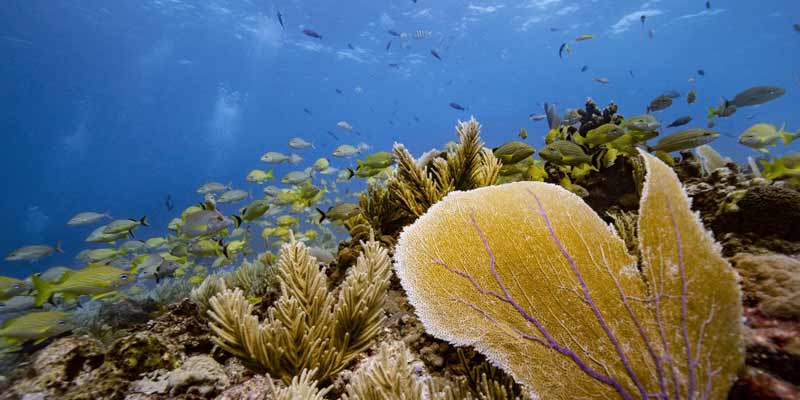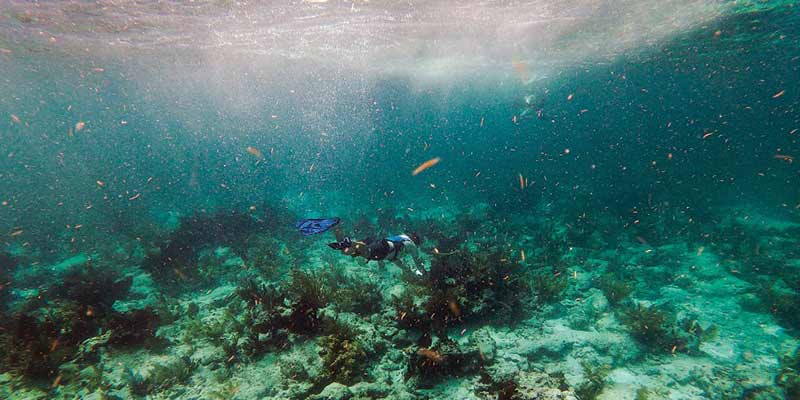- World
- Jun 11
18 more countries ratify High Seas Treaty
• At a special event organised at the 3rd UN Ocean Conference in Nice, France, as many as 18 countries deposited their instruments of ratification for the High Seas Treaty.
• This brings the total number of country ratifications to 49.
• An additional 18 countries also signed the Treaty, marking their intention to ratify it in the future, taking the total number of signatories to 134.
• The Treaty, formally titled the Agreement under the United Nations Convention on the Law of the Sea on the Conservation and Sustainable Use of Marine Biological Diversity of Areas Beyond National Jurisdiction (BBNJ Agreement), was officially opened for signing and ratification in September 2023.
• France, co-hosting the UN Ocean Conference with Costa Rica, has made accelerating Treaty ratification a key deliverable, and has played a key diplomatic role in driving progress ahead of the conference.
• The treaty will enter into force 120 days after at least 60 countries ratify it.
• Union Earth Sciences Minister Jitendra Singh has said that India is in the process of ratifying the High Seas Treaty.
• In July 2024, the Union Cabinet approved India to sign the BBNJ Agreement.
United Nations Convention on The Laws of The Sea (UNCLOS)
• UNCLOS is an international agreement that resulted from the third United Nations Conference on the Law of the Sea (UNCLOS III), which took place between 1973 and 1982.
• The Convention, concluded in 1982, replaced four 1958 treaties. UNCLOS came into force in 1994.
• It has been ratified by 168 parties (167 States + EU).
• The UNCLOS lays down a comprehensive regime of law and order in the world’s oceans and seas establishing rules governing all uses of the oceans and their resources.
• It enshrines the notion that all problems of ocean space are closely interrelated and need to be addressed as a whole.
• It also established three institutions: the International Tribunal for the Law of the Sea (ITLOS), the International Seabed Authority (ISA) and the Commission on the Limits of the Continental Shelf (CLCS).
• The BBNJ Agreement, or the ‘High Seas Treaty’, is an international treaty under the UNCLOS.
BBNJ Agreement
• Although UNCLOS does not refer expressly to marine biodiversity, it is commonly regarded as establishing the legal framework for all activities in the ocean.
• Following more than a decade of discussions, the United Nations General Assembly in its resolution on December 24, 2017, decided to convene an inter-governmental conference to elaborate the text of an internationally legally binding instrument under UNCLOS on the conservation and sustainable use of BBNJ, with a view to developing the instrument as soon as possible.
• The Agreement under the United Nations Convention on the Law of the Sea on the Conservation and Sustainable Use of Marine Biological Diversity of Areas Beyond National Jurisdiction was adopted on June 19, 2023 by the Intergovernmental Conference on Marine Biodiversity of Areas Beyond National Jurisdiction convened under the auspices of the United Nations.
• This ‘Biodiversity Beyond National Jurisdiction’ (BBNJ) treaty, agreed at the 5th Intergovernmental Conference in New York, is the fruit of more than a decade of global engagement to find solutions for this crucial global environmental issue.
• Referred to as the ‘High Seas Treaty’, the legal framework would place 30 per cent of the world’s oceans into protected areas, put more money into marine conservation, and covers access to and use of marine genetic resources.
• The agreement will further implement existing principles in UNCLOS to achieve a more holistic management of activities carried out in the high seas. These principles include the duty to cooperate, to protect and preserve the marine environment and to undertake prior impact assessment of activities.
The Agreement addresses four main issues:
i) Marine genetic resources, including the fair and equitable sharing of benefits.
ii) Measures such as area-based management tools, including marine protected areas.
iii) Environmental impact assessments.
iv) Capacity-building and the transfer of marine technology.
• The new agreement would bring UNCLOS up to speed with the developments and challenges that have occurred since it was developed 30 years ago and would further support the achievement of the Agenda 2030 for Sustainable Development, in particular Sustainable Development Goal 14 (‘Life Below Water’).
• It aims to address the growing concerns over the long-term protection of marine biodiversity in the high seas.
• It sets precise mechanisms for the sustainable use of marine biological diversity through international cooperation and coordination.
• Parties cannot claim or exercise sovereign rights over marine resources derived from the high seas and ensure fair and equitable sharing of benefits.
• It follows an inclusive, integrated, ecosystem-centric approach based on the precautionary principle and promotes using traditional knowledge and the best available scientific knowledge.
• It helps minimise impacts on the marine environment through area-based management tools and establishes rules for conducting environmental impact assessments.
• The BBNJ Agreement will be the third implementation agreement under UNCLOS if and when it enters into force, alongside its sister implementation agreements: the 1994 Part XI Implementation Agreement (which addresses the exploration and extraction of mineral resources in the international seabed area) and the 1995 UN Fish Stocks Agreement (which addresses the conservation and management of straddling and highly migratory fish stocks).
Manorama Yearbook app is now available on Google Play Store and iOS App Store


